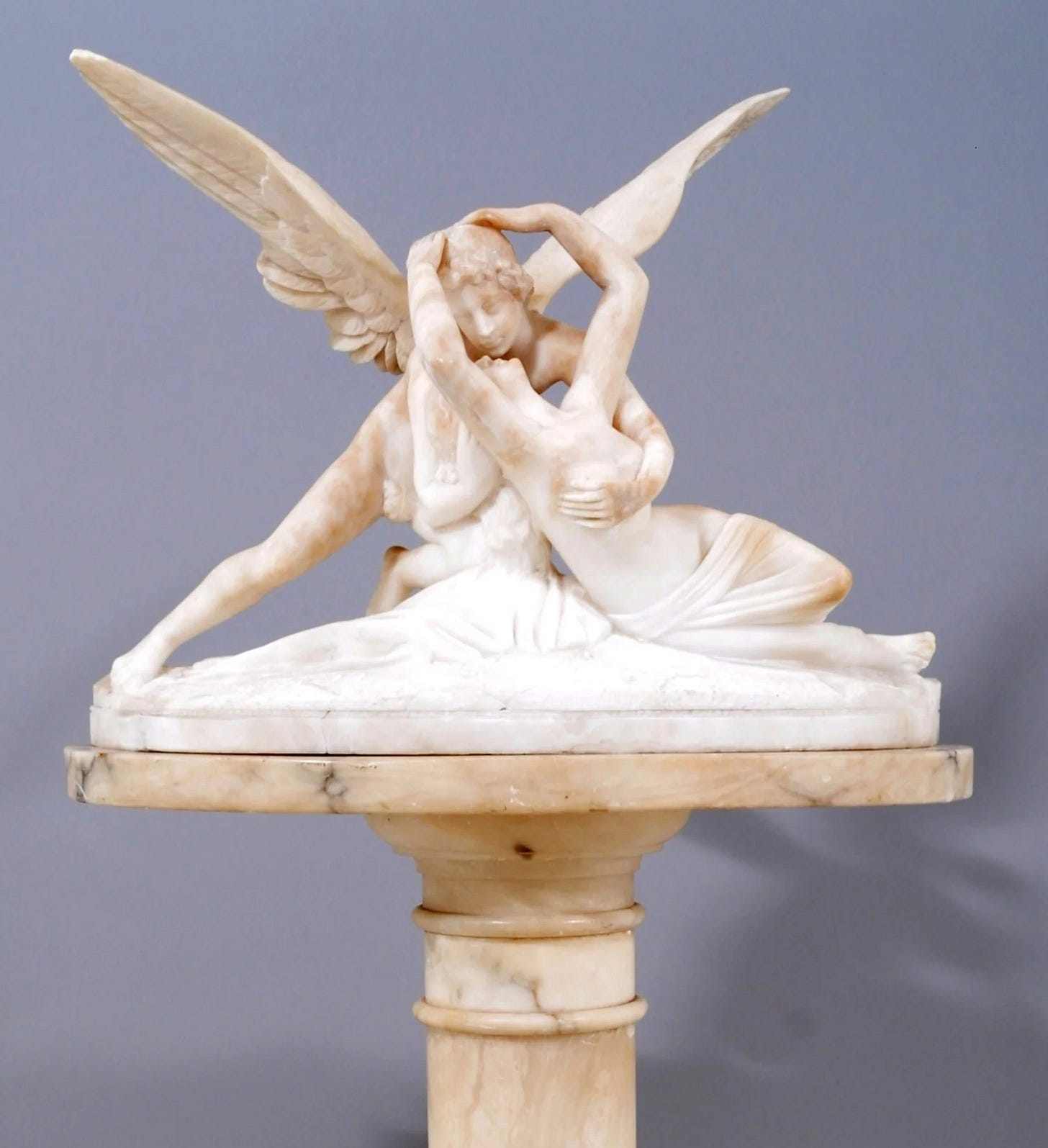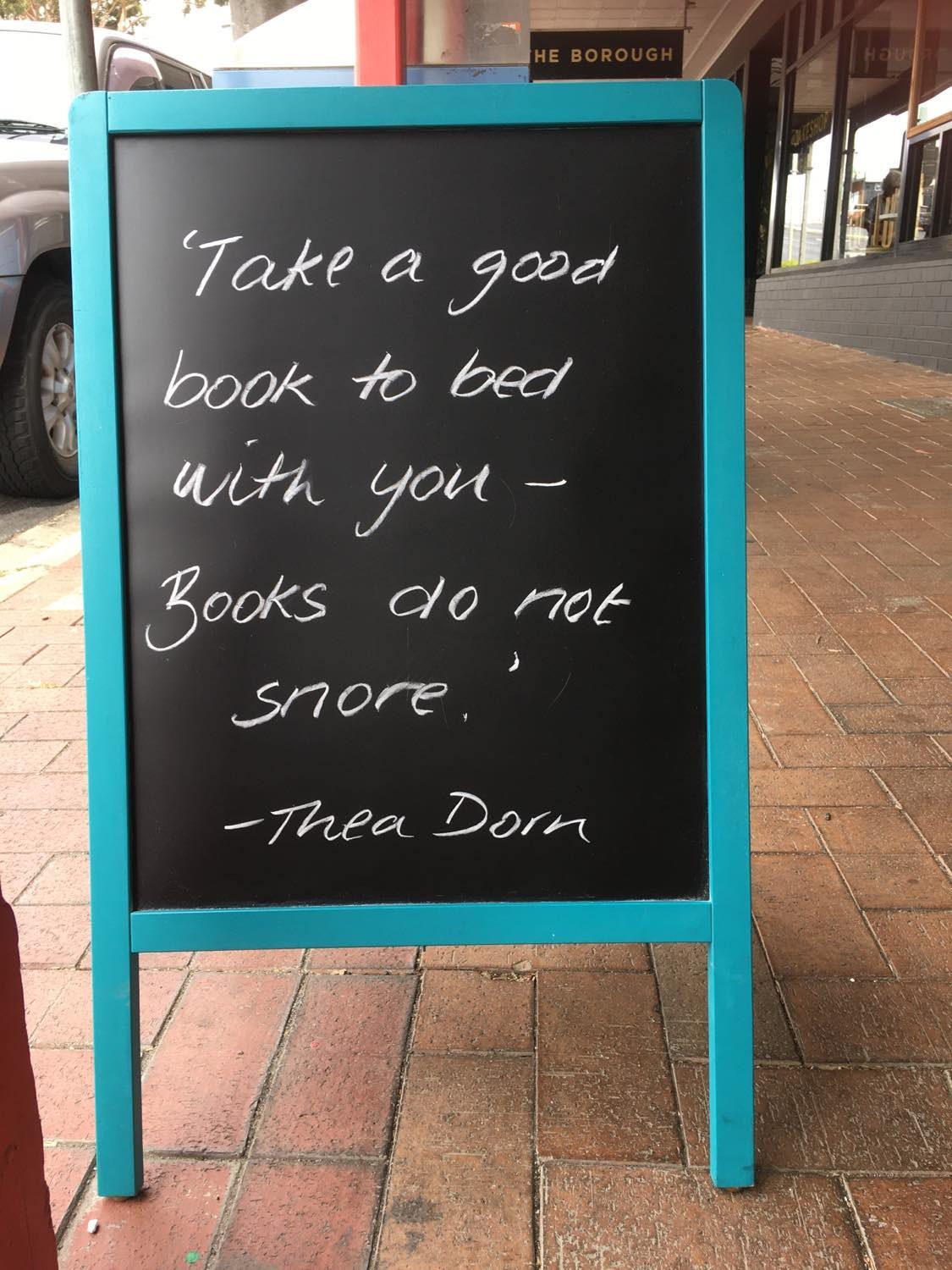Cupid's Column
Author Alison Lloyd's newsletter #24 - Valentine's Day edition
Welcome, especially if this is the first time you’re reading the Scroll — my newsletter with new words about old worlds, to move and amuse you. I’m fiction author Alison Lloyd.
This edition, Cupid is shooting some love into your inbox, in celebration of Valentine’s Day. Scroll down to find
How matches were made in the Victorian era - before online dating
And another offer of quality e-books you can try out for free
Cupid’s Column
If you’re a regular reader, you’ll have noticed by now that I’m fossicking around in the 1880s, as research for a novel in progress. This newsletter is a virtual scrapbook for some of my finds. In late Victorian newspapers, a popular section was ‘Cupid’s Column’, the nickname for ‘Matrimonial’ advertisements.
To pick a day at random:
Gentleman, with Government position, wishes to correspond with a young lady of means, with a view to matrimony. Must be musical.
The Herald, 3 August 1889
I wonder if the ‘Gentleman’ saw the ad immediately below:
Lady Roman Catholic, educated, musical, waiting introduction respectable tradesman or other, same religion, view matrimony.
Interestingly, in the ads I found, neither men nor women specified good looks as a requirement. Men quite often ask for ‘domesticated’ ladies. And several hopefuls listed the social circumstances they offered, or desired:
Squatter, 40, Protestant, £6000, waiting lady widow or spinster with about £1000, view matrimony.
All very business-like and not very romantic. But the ads got results. Enough to turn a tidy profit
Holt’s Matrimonial Chambers
In colonial Melbourne, (where my novel is set), many of these ads directed interested parties to ‘Holt’s’. This was a local matchmaking agency run by Annie and James Holt. It doubled up as a registry office when the introductions were successful.
Annie Holt (born 1860) had a rough start in life. When she was seven, her father threw his wife and three children, including Annie, out on the street. Annie’s mother took him to court, where he in turn accused his wife of being ‘indolent and neglectful… with a strong liking for beer.’ The judge asked them to patch things up. The rocky relationship dragged on — decades later Annie’s mother repeatedly applied to the court for maintenance.
Despite her family history, Annie had a keen eye for romance. Particularly as a business opportunity. She first started an employment service in the 1880s. But she soon discovered that ‘sometimes an elderly man, generally a widower, would require a housekeeper, and very often, if he was satisfied with the housekeeper, he married her.’ (Source: Trove) And so she added Holt’s Matrimonial Chambers to her business interests.
A quiet-looking, self-possessed lady, about thirty years of age, medium height, pleasant, attractive features, bounded by a fringe, which in its turn was surmounted by a coil of her own dark hair. Her neat and trim figure fitted her dark cloth dress admirably, and altogether she might be summed up as a remarkably prepossessing lady.
Geelong Advertiser, 1 June 1894
Mrs Holt ran the agency in a ‘quiet, friendly way, just as in private life a hostess would bring two of her friends together’. There was ‘no submitting of portraits’. Mrs Holt respected the confidentiality of her clients. Perhaps she was too discreet, and didn’t ask enough questions. In the 1890s she was herself named in several court cases involving bigamy and under-age marriage. An 1897 judge called Holt’s ‘one of those rascally places still permitted to blight this community’. In their defence the Holts said they’d been ignorant. Maybe. Although, as a sharp-eyed modern researcher noticed, there’s a big difference between Annie’s signature on her own wedding certificate, and that on other peoples’, so perhaps the agency was taking administrative shortcuts.
The Holts’ fees weren’t cheap. She asked a guinea for registration, then charged 2.5% of a man’s capital if her introduction resulted in a marriage. But she claimed happily-ever-after results. After ten years in business, she said she was ‘not aware of a single union arranged by me having appeared in the Divorce Court.’ Compared to other marriages, those through the agency were ‘much happier.’
The Matrimonial Chambers were located at 44 Russell Street, for a period in the 1880s. The building now houses a very classy Chanel shop:
The Holts would be chuffed that at least one modern wedding photographer lists this spot this as great for bridal shots:
Snuggle up with a new book
Like last month, I’ve teamed up again with other authors to offer free books for a short time. No romances (a shame, on Valentine’s Day!), and less titles than last month. But some quality writing. I like the look of these:
Little Sister Song is about a girl who runs away to her brothers. It’s set in the US but the author is Australian. I love a good sibling story and this one looks like it could be a heart-wrencher, and it’s the first in a series.
The Point of Us is also by an Australian author, about four people at a crossroads, for readers who like Jodi Picoult or Liane Moriarty. I read the first chapter and the characters felt authentically Australian and real.
The Power Ballads are ‘three suspenseful, humorous and darkly literary stories’, including one about three humanoids who run away from a trade exhibition in Shenzhen, which sounds weird but fun and I am going to read it.
You can get these stories and more here:
(Or click on the images above.) You’ll receive a link that takes you to Bookfunnel if you want to read them on Kindle. Takes a couple of steps to set up, but there are instructions and it’s not too hard.
Wishing you warm fuzzies this Valentine’s Day, even if in story form!
I’d love to hear back, via email or the button below. Or give this post a like, since you stuck with it this far :)







A fascinating read! Thank you!